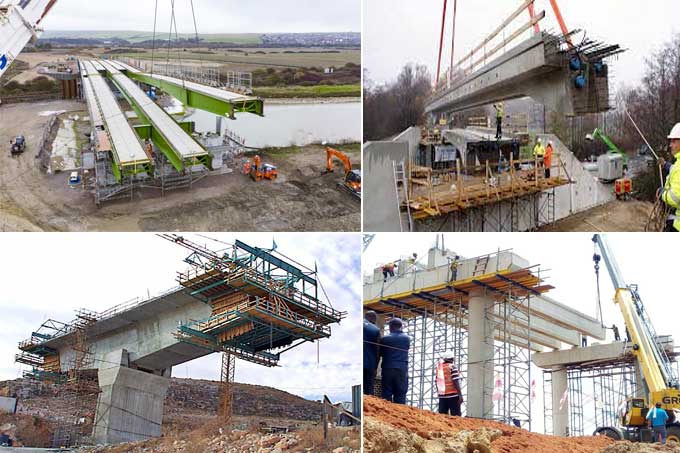
How does sustainability shape bridge construction?

When it comes to the topic of sustainability in the field of construction, the topic is generally about green construction, which means environmental factors. A building is classified as a green building when its design, operation and construction help play a part in reducing negative impacts and creating some positive impacts for the improvement of our climate and natural environment.
However, many more sustainable factors are affecting the building, particularly bridge construction. However, many more sustainable factors are influencing building, particularly bridge construction.
True sustainability
True sustainability is built on three pillars, each of which contributes to a process that is feasible on all levels. Social, environmental, and economic indicators are among them.
While using green materials and protecting the environment are critical in bridge construction, these measures alone will not ensure real sustainability. The construction must consider the environment, but it must also balance or improve the economy of the area it is built in and the social state of the place.
Sustainable features for Bridges (Environmental, Social and Economic Pillars)
Environmental
This pillar has received a lot of attention in recent years, and for a good reason. Every industry has been guilty of consuming more resources than it produces, yet the construction industry has made significant progress in improving and correcting its environmental operations.
The phrase 'greening' refers to reducing consumption and increasing the use of renewable energy to replace conventional fuels. Greening may assist us in becoming more environmentally conscious, but it cannot solve the basic issue of sustainability.
As a result, it's critical that we don't mistake environmental practices for actual sustainability.
Economical
Being cost-effective over their whole lifetime, including decommissioning and taking into account the effects of user disruption during construction and maintenance.
Social
Every bridge project must be tailored to the demands of the people who will use it. Though it appears to be a simple concept, taking into account all of the factors that affect the locations that the bridge connects is a difficult undertaking in terms of sustainability.
Sustainable Bridges
With regard to its supply chain, raw materials, and societal implications, the bridge fabrication industry has already embraced as many sustainable techniques as it can. Experts believe that extending the life span of bridges is the best option for bridge fabrication and construction to improve their sustainability.
Bridge maintenance is unquestionably at the forefront of sustainable bridge development in the future. Bridges will be expected to provide a safe and valuable service socially, environmentally, and economically for many more years than a 50-year life span will be considered adequate. With improved rehabilitation and repair, bridges will be expected to provide a safe and valuable service for many more years.
Construction can undoubtedly achieve a new degree of sustainability by balancing the three pillars of social, environmental, and economic value. Bridge-building, in particular, can profit from new ideas, new value, and, as a result, a new understanding of sustainability if the fourth, hidden pillar of increased education is also acknowledged.
Future of Sustainability
The New Climate Economy projects that by 2030, the world will need to invest $90 trillion in sustainable infrastructure.
To learn more, watch the following video tutorial.
Video Source: Civiconcepts - Bhushan Mahajan
The ageing infrastructure in industrialised economies and stronger growth and structural change in emerging and developing countries are driving these demands.


